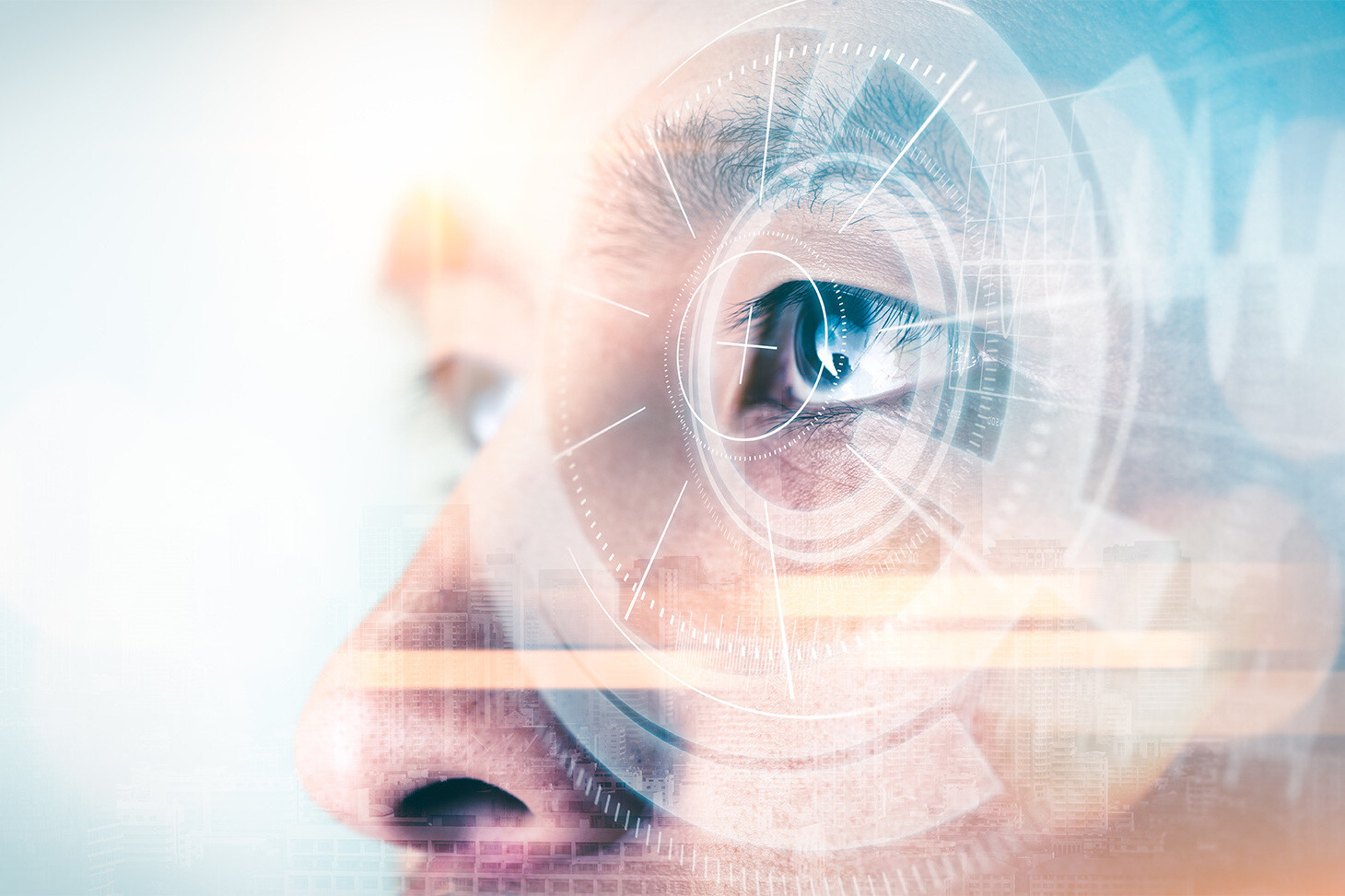
Visions are more than just fleeting images in our minds. They can shape our dreams, guide our decisions, and even change the course of history. But what exactly are visions, and why do they hold such power over us? Visions can be mystical experiences, creative inspirations, or strategic plans for the future. They can come from deep within our subconscious or be sparked by external events. Throughout history, many influential figures have credited their success to powerful visions. From religious prophets to modern-day entrepreneurs, the ability to see beyond the present moment has proven invaluable. In this blog post, we will explore 31 intriguing facts about visions that will expand your understanding and perhaps even inspire you to cultivate your own.
Key Takeaways:
- Visions can be experienced in various forms, from dreams to waking states, and have been interpreted as divine messages by many cultures throughout history.
- Scientifically, visions can be caused by brain activity, lack of sleep, certain drugs, mental health conditions, and stress or trauma. They have also played a significant role in historical, cultural, and modern contexts.
What are Visions?
Visions have fascinated humanity for centuries. They can be mystical, prophetic, or simply imaginative. Here are some intriguing facts about visions.
-
Visions can be experienced during sleep or while awake. They often occur in dreams but can also happen in a waking state.
-
Many cultures believe visions are messages from the divine. Ancient civilizations often interpreted them as communications from gods or spirits.
-
Prophets and seers in history claimed to have visions. Figures like Nostradamus and Joan of Arc reported seeing future events.
-
Visions can be symbolic. They might not be literal but instead use symbols to convey a message.
-
Some people experience visions during meditation. Deep meditation can sometimes lead to vivid mental images.
Types of Visions
Visions come in various forms, each with unique characteristics. Let's explore the different types.
-
Prophetic visions predict future events. These are often seen by individuals believed to have a special connection to the divine.
-
Lucid dreams are a type of vision. In these dreams, the dreamer is aware they are dreaming and can sometimes control the dream.
-
Daydreams are mild, waking visions. They occur when a person's mind wanders and imagines scenarios.
-
Hallucinations can be mistaken for visions. These are sensory experiences that appear real but are created by the mind.
-
Near-death experiences often include visions. People report seeing tunnels of light or deceased loved ones.
Scientific Explanations
Science has tried to explain the phenomenon of visions. Here are some insights from the scientific community.
-
Visions can be caused by brain activity. Certain areas of the brain, when stimulated, can produce vivid images.
-
Lack of sleep can trigger visions. Sleep deprivation can lead to hallucinations and vivid dreams.
-
Certain drugs can induce visions. Substances like LSD and psilocybin mushrooms are known to cause visual hallucinations.
-
Mental health conditions can include visions. Schizophrenia and other disorders sometimes involve seeing things that aren't there.
-
Stress and trauma can lead to visions. High stress or traumatic experiences can cause the brain to create vivid images.
Historical and Cultural Significance
Visions have played a significant role in history and culture. Here are some notable examples.
-
The Oracle of Delphi had visions. Ancient Greeks believed the Oracle could see the future.
-
Native American shamans often had visions. These were used for guidance and healing.
-
Religious texts often include visions. The Bible, Quran, and other sacred texts contain numerous accounts of visions.
-
Artists and writers have been inspired by visions. Many famous works of art and literature were influenced by visionary experiences.
-
Visions have influenced political movements. Leaders like Martin Luther King Jr. spoke of having a vision for the future.
Modern-Day Visions
In today's world, visions still capture our imagination. Here are some modern-day examples.
-
Virtual reality can create artificial visions. VR technology allows people to experience immersive, computer-generated environments.
-
Movies and TV shows often depict visions. Popular media frequently explores the concept of visions and their impact.
-
Some people use technology to induce visions. Devices like the Dreamachine are designed to stimulate visionary experiences.
-
Psychics and mediums claim to have visions. They often use these to provide guidance or communicate with the deceased.
-
Vision boards are a popular tool for goal setting. People create these boards to visualize their dreams and aspirations.
Famous Visionaries
Throughout history, certain individuals have been known for their visionary experiences. Here are a few notable figures.
-
Leonardo da Vinci had visionary ideas. His sketches and inventions were far ahead of his time.
-
Nikola Tesla envisioned groundbreaking technology. Many of his ideas laid the foundation for modern electrical engineering.
-
Steve Jobs was considered a visionary in technology. His innovations with Apple products changed the tech industry.
-
Albert Einstein's visions led to scientific breakthroughs. His thought experiments revolutionized physics.
-
Walt Disney's visions created a magical world. His imagination brought beloved characters and stories to life.
-
Elon Musk's visions are shaping the future. His work with SpaceX and Tesla aims to revolutionize space travel and sustainable energy.
Final Thoughts on Visions
Visions have fascinated humans for centuries. They can be mystical, prophetic, or simply a product of our imagination. Understanding the different types of visions helps us appreciate their role in culture, religion, and personal experiences. Whether it's a dream, a spiritual encounter, or a creative spark, visions often inspire and guide us. They can provide insight, comfort, or even a glimpse into the future. While some visions remain unexplained, their impact on our lives is undeniable. Embracing the mystery and wonder of visions can enrich our understanding of the human experience. So next time you have a vision, take a moment to reflect on its meaning and significance. You never know what insights it might reveal. Keep an open mind and let your visions inspire you.
Frequently Asked Questions
Was this page helpful?
Our commitment to delivering trustworthy and engaging content is at the heart of what we do. Each fact on our site is contributed by real users like you, bringing a wealth of diverse insights and information. To ensure the highest standards of accuracy and reliability, our dedicated editors meticulously review each submission. This process guarantees that the facts we share are not only fascinating but also credible. Trust in our commitment to quality and authenticity as you explore and learn with us.


